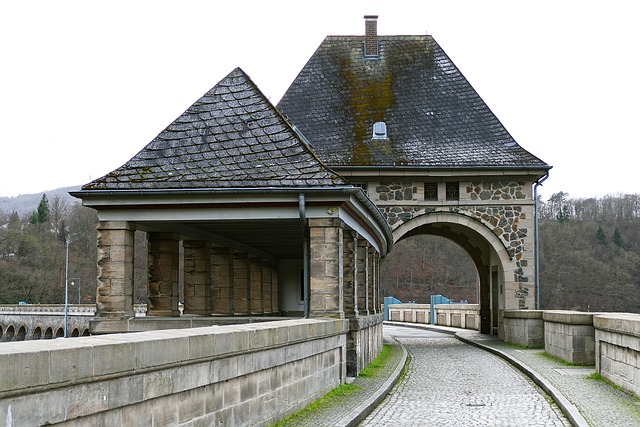Rock climbing at natural locations like Hatta Dam offers a unique blend of physical challenge, scenic beauty, and accomplishment, attracting enthusiasts from all walks of life. Hatta Dam, with its diverse terrains in the Hajar Mountains, caters to various skill levels, providing a peaceful escape while offering dynamic backdrops for climbers. This activity not only enhances physical fitness but also mental acuity, boosting confidence and fostering connections within the tight-knit climbing community. To safely enjoy activities like bouldering and crag climbing at Hatta Dam, thorough preparation, high-quality gear, and understanding local conditions are essential. The climbing community at Hatta Dam values responsible practices to preserve the area's natural beauty for future adventurers.
Rock climbing on natural, rugged terrains offers a thrilling blend of adventure and challenge, attracting enthusiasts from all walks of life. From towering mountains to hidden gems like Hatta Dam, these environments provide a unique escape. This article explores why climbers are drawn to such demanding landscapes, delving into the physical and mental benefits, diverse terrain, safety considerations, community spirit, training methods, and ethical responsibilities associated with extreme rock climbing activities, including notable spots like Hatta Dam.
- The Allure of Rock Climbing: Why Enthusiasts Are Drawn to Natural Rugged Terains
- Hatta Dam: A Hidden Gem for Adventure Seekers and Rock Climbing Enthusiasts
- Benefits of Rock Climbing in Challenging Environments: Physical and Mental Strengthening
- Exploring Diverse Terrain: From Boulders to Crags, What Makes Each Unique
- Safety Measures for Extreme Rock Climbing: Essential Gear and Techniques
- Community and Culture: The Bonding Experience Among Rock Climbing Enthusiasts
- Training Regimes for Aspiring Climbers: Building Endurance and Skill
- Ethical Considerations in Rock Climbing: Preserving Natural Landscapes and Local Ecosystems
The Allure of Rock Climbing: Why Enthusiasts Are Drawn to Natural Rugged Terains

Rock climbing on natural rugged terrains offers a unique and exhilarating experience that draws enthusiasts from all walks of life. The allure lies in the combination of physical challenge, breathtaking scenery, and the sense of accomplishment that comes with conquering vertical walls and overhanging cliffs. For many, it’s not just about reaching the top but also the journey itself, navigating through diverse rock formations, and immersing oneself in the raw beauty of nature.
Natural rugged terrains, such as those found in outdoor havens like Hatta Dam, provide a dynamic backdrop for climbers to test their skills and push their limits. The ever-changing landscapes, including jagged peaks, exposed ledges, and hidden crevices, demand adaptability and strategic thinking. This adventurous experience fosters a deep connection with the outdoors, inspiring a sense of freedom and wonder that is hard to replicate in artificial climbing walls or structured gyms.
Hatta Dam: A Hidden Gem for Adventure Seekers and Rock Climbing Enthusiasts
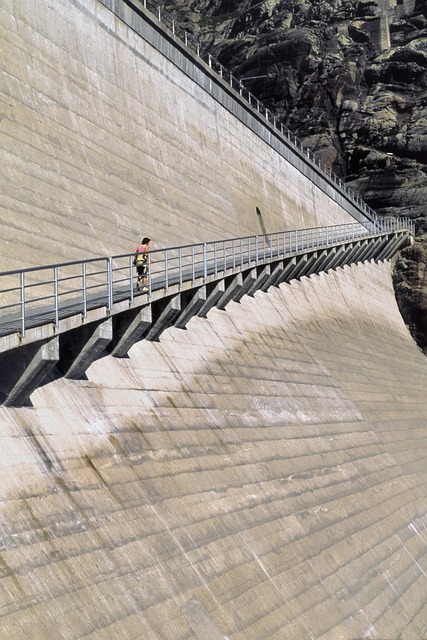
Hatta Dam, nestled in the rugged landscapes of the Hajar Mountains, is a hidden gem that offers adventurers and rock climbing enthusiasts an unparalleled experience. This natural wonder isn’t just a scenic landmark; it provides a variety of challenging terrains for climbers looking to test their limits. The dam’s sheer cliffs and diverse rock formations attract both seasoned professionals and beginners seeking thrilling outdoor activities.
With its relatively secluded location, Hatta Dam offers a peaceful retreat from the hustle and bustle of city life. It allows enthusiasts to immerse themselves in nature while engaging in their favorite pastime. The area’s natural ruggedness presents various challenges, ranging from technical climbing routes to more accessible yet still exhilarating bouldering opportunities. This diversity makes it an ideal destination for those seeking adventure and a break from conventional climbing spots.
Benefits of Rock Climbing in Challenging Environments: Physical and Mental Strengthening

Rock climbing in adventurous, rugged terrains offers a unique and exhilarating experience for enthusiasts seeking natural challenges. Beyond the thrill of conquering challenging routes, this activity provides significant physical and mental benefits. Climbers develop exceptional strength, both upper and lower body, as they navigate varied grips, angles, and weights during ascents. The constant demand for balance, agility, and power strengthens muscles, tendons, and ligaments, leading to improved overall fitness.
Mentally, rock climbing in demanding environments sharpens focus, decision-making skills, and problem-solving abilities. Climbers must analyze routes, strategize movements, and adapt quickly to unexpected obstacles—a process that translates into better stress management and resilience in daily life. The sense of accomplishment from summiting a challenging peak or navigating a treacherous crag reinforces confidence and fosters a growth mindset, encouraging individuals to take on new challenges with enthusiasm and determination, similar to the experiences enjoyed during Hatta Dam activities.
Exploring Diverse Terrain: From Boulders to Crags, What Makes Each Unique

Rock climbing enthusiasts are always on the lookout for new challenges, and one way they satisfy this quest is by exploring diverse terrain. From towering boulders to craggy peaks, each offers a unique experience that caters to different skill levels and preferences. Bouldering, for instance, involves scaling short, steep routes without ropes, often set in dense forests or on man-made structures like Hatta Dam activities centers. These challenges require sheer strength, agility, and problem-solving skills, making them popular among those seeking intense workouts and mental stimulation.
Crags, on the other hand, are larger rock formations that rise dramatically from the ground, offering multi-pitch routes that can take climbers up to thousands of feet in the air. Crags often present intricate navigation challenges as well, with unique features like overhangs, cracks, and ledges that demand technical proficiency and strategic planning. Whether it’s the raw beauty of natural crags or the man-made structures at outdoor activity centers, each terrain type offers a distinct climbing experience that keeps enthusiasts coming back for more.
Safety Measures for Extreme Rock Climbing: Essential Gear and Techniques
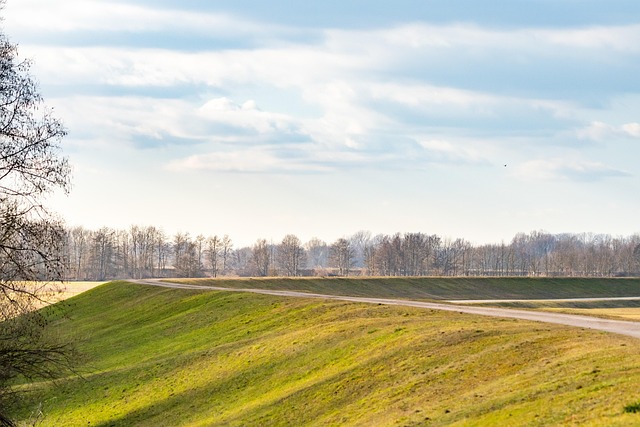
Extreme rock climbing on rugged terrains presents unique challenges that demand meticulous safety measures. Before tackling daunting climbs like those around Hatta Dam, enthusiasts must prioritize essential gear and learn crucial techniques. This includes high-quality climbing gear such as ropes, carabiners, and shoes designed for specific terrain, along with knowledge of proper knot tying and securing techniques.
Climbers should also be well-versed in risk assessment and emergency response procedures, especially when navigating exposed ledges or steep slopes. Regular training and practice in different climbing styles, from crack climbing to face climbing, enhance their ability to adapt to unexpected situations. Understanding the local conditions, weather patterns, and potential hazards around Hatta Dam activities is paramount for a safe and enjoyable experience.
Community and Culture: The Bonding Experience Among Rock Climbing Enthusiasts
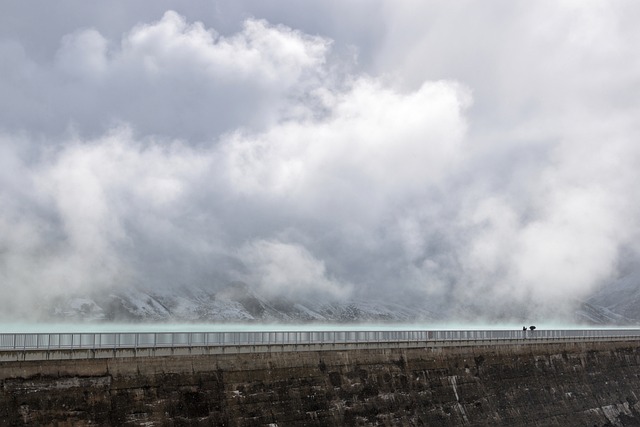
The rock climbing community is a tight-knit group, often sharing a unique bond forged in challenging terrains and adventurous expeditions. Among this diverse group, enthusiasts from all walks of life find common ground in their passion for tackling natural rugged challenges. The shared experience of scaling lofty peaks, navigating treacherous paths, and conquering daunting cliffs creates a sense of camaraderie that transcends borders.
Hatta Dam activities, for instance, have become a hub for these outdoor adventurers. The dramatic landscapes and demanding climbs attract climbers from near and far, fostering an inclusive environment where skills are exchanged, stories are shared, and friendships are born. This community culture is not just about reaching the summit; it’s about the journey, the support, and the lasting connections made along the way, creating a vibrant tapestry of shared experiences.
Training Regimes for Aspiring Climbers: Building Endurance and Skill
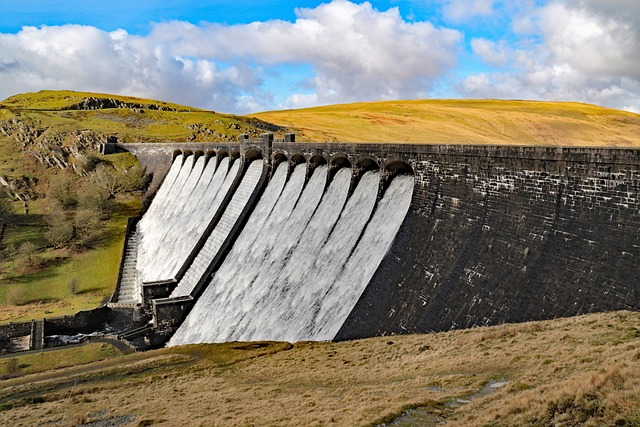
Aspiring climbers looking to conquer challenging terrains like those found around Hatta Dam Activities need to prepare thoroughly. Training regimes should focus on building both endurance and skill. Cardiovascular exercises such as running, cycling, or swimming are essential for developing stamina, allowing climbers to endure longer durations on the rock face. Strength training, including bodyweight exercises, weight lifting, and calisthenics, helps build the necessary muscle strength to grip, pull, and support oneself during climbs.
Flexibility and balance are equally important. Yoga, Pilates, and stretching routines enhance mobility, crucial for navigating complex climbing routes. Regular practice on artificial walls or outdoor cliffs lets climbers refine their techniques, improve hand-eye coordination, and gain confidence in handling different types of holds. A well-rounded training program that combines endurance, strength, flexibility, and skill will better prepare enthusiasts for the rugged challenges they’ll encounter on their adventurous terrain climbs around Hatta Dam Activities.
Ethical Considerations in Rock Climbing: Preserving Natural Landscapes and Local Ecosystems
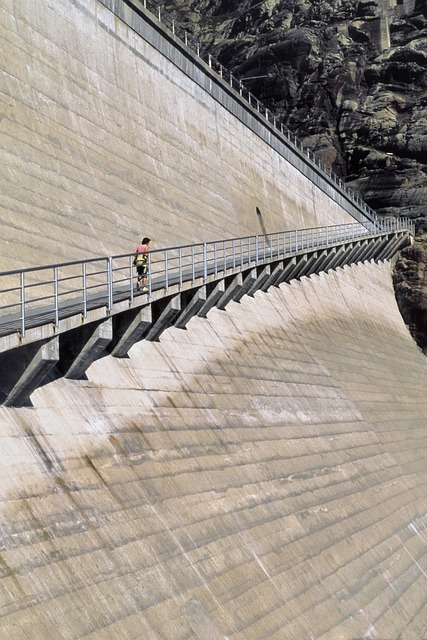
Rock climbing enthusiasts often seek out adventurous terrains, embracing the challenge natural rugged landscapes present. However, it’s crucial to approach this pursuit with ethical considerations, especially when exploring pristine areas like the Hatta Dam region. The beauty of these remote locations lies in their untouched ecosystems and unique geological formations. Scaling cliffs and exploring caves can significantly impact these delicate environments, from disturbing plant life to causing soil erosion.
Climbers should strive for responsible practices, such as leaving no trace, using designated routes, and minimizing physical contact with the local flora and fauna. Proper waste management, respecting wildlife habitats, and adhering to local regulations are essential aspects of sustainable climbing. By embracing these ethical guidelines, rock climbing enthusiasts can ensure that their adventurous spirit aligns with the preservation of these natural treasures for future generations to enjoy, keeping activities like Hatta Dam adventures safe and sustainable.
Rock climbing on adventurous terrains offers a unique blend of physical challenge, mental fortitude, and breathtaking experiences. From the hidden gem of Hatta Dam, where enthusiasts can explore diverse natural rugged landscapes, to the strengthening benefits of climbing in challenging environments, this sport fosters a deep connection with nature. The community aspect and ethical considerations further enrich the experience, creating a culture that values both personal growth and environmental preservation. Incorporating rock climbing into your life, whether through training regimes or exploring hidden gems like Hatta Dam, can lead to invaluable memories and personal development.
